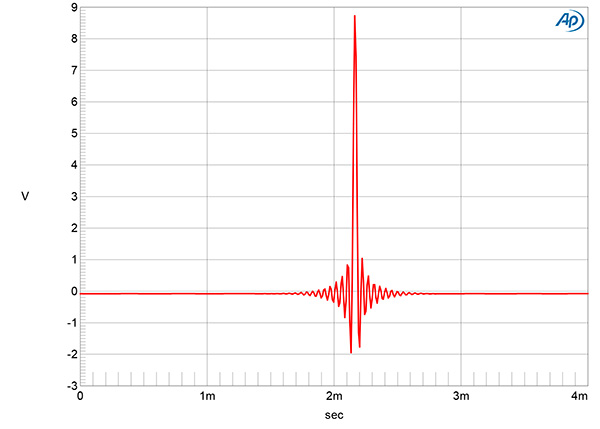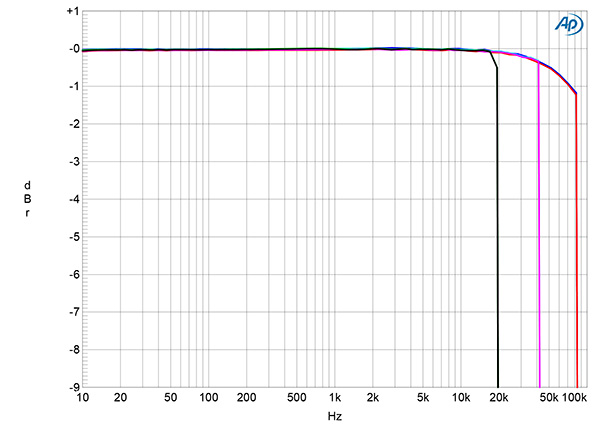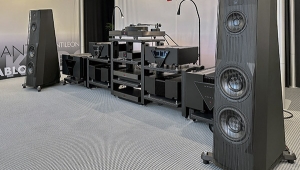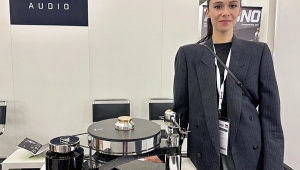| Columns Retired Columns & Blogs |
Kalman,
Very interesting review
This is perhaps a dumb question, but here it goes...
Do you know whether it's possible to connect an SACD transport or a universal player to the Merging processor? I'm thinking of transports or players that are still in production today.
The idea would be to have the possibility of playing the multichannel layer (in native DSD!) directly from SACDs without having to rip anything or buy downloaded files.
Thanks!





























































